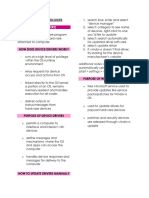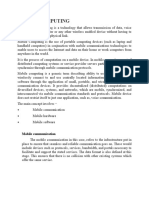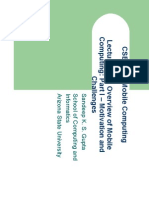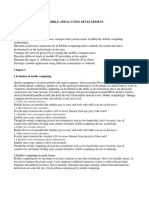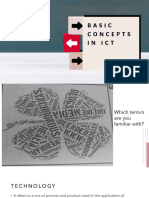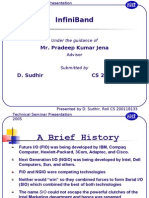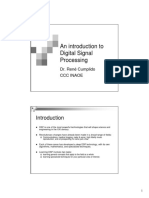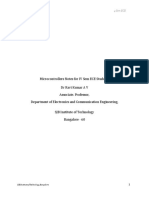0% found this document useful (0 votes)
35 views21 pages01 Introduction
The document provides an introduction to mobile computing, covering the evolution of mobile devices from the 1970s to present day, as well as hardware, software, communication methods, security considerations, and future trends. Specific topics that will be explored include handheld and laptop computers, preventive security measures for mobile devices, tools and techniques for mobile computing, and the integration of technologies like 5G, artificial intelligence, extended reality, and more. The goal is to help students discover and understand the components and applications of mobile computing.
Uploaded by
SANJAYA KALPAGECopyright
© © All Rights Reserved
We take content rights seriously. If you suspect this is your content, claim it here.
Available Formats
Download as PDF, TXT or read online on Scribd
0% found this document useful (0 votes)
35 views21 pages01 Introduction
The document provides an introduction to mobile computing, covering the evolution of mobile devices from the 1970s to present day, as well as hardware, software, communication methods, security considerations, and future trends. Specific topics that will be explored include handheld and laptop computers, preventive security measures for mobile devices, tools and techniques for mobile computing, and the integration of technologies like 5G, artificial intelligence, extended reality, and more. The goal is to help students discover and understand the components and applications of mobile computing.
Uploaded by
SANJAYA KALPAGECopyright
© © All Rights Reserved
We take content rights seriously. If you suspect this is your content, claim it here.
Available Formats
Download as PDF, TXT or read online on Scribd
/ 21




